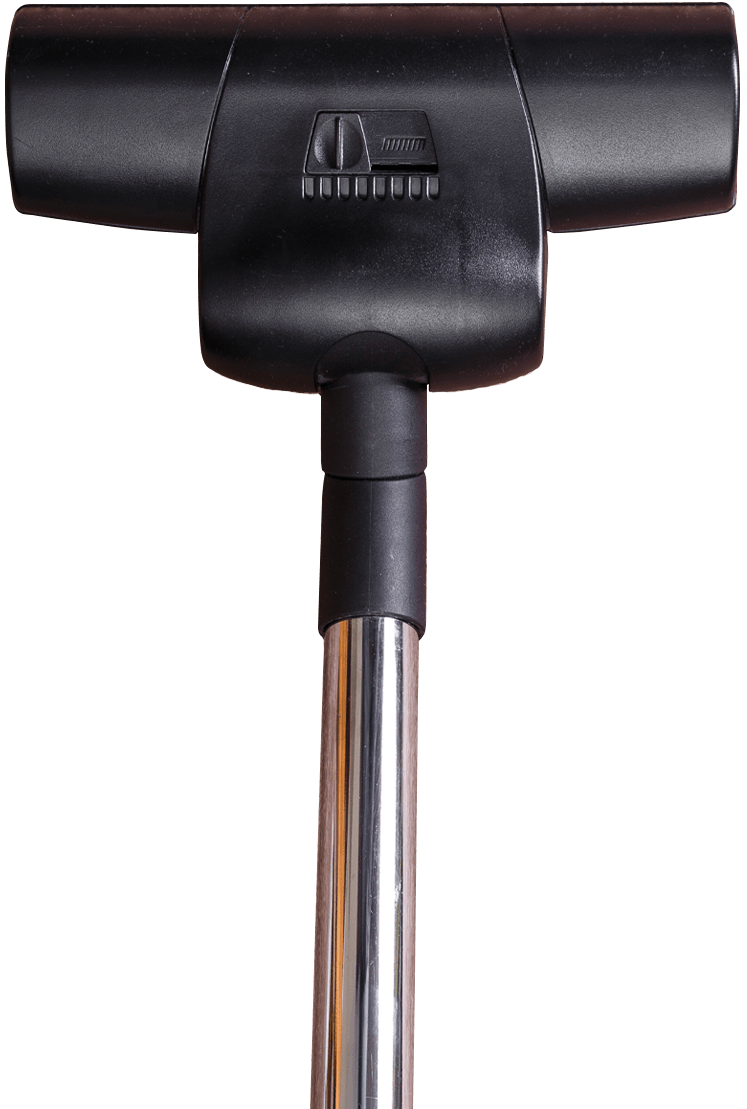Carpet and Rug Institute – Fact vs. Fiction
Sneezing. Coughing. Running nose. Itching red eyes. Sound familiar? Up to 50-million Americans each year experience these symptoms due to allergies. While the symptoms are very real, some of the quick-fix remedies are not - including moving to Arizona or shaving the family dog. According to many allergists, the real cure for sniffing, sneezing and wheezing may be as simple as a regular house cleaning. In household dust, common allergens from dust mites, pets, mold, and cockroaches can trigger an allergic response. Dr. Mary Lasley, a pediatric allergist, explains "Simple changes in your routine house cleaning can reduce allergies and help your family live more comfortably."
Please read on for more facts about allergies, as well as practical tips on how to maintain the home to prevent allergies. You can breathe easier in your home.
Ask the Allergist
What is an allergen?
An allergen is any substance that can trigger an allergic response. Besides indoor substances, outdoor pollens and foods are common allergens. When an allergic person encounters an allergen, the immune system becomes activated. This triggers a complex chain of events, which produce the symptoms of an allergic reaction, such as swelling of tissues, sneezing, wheezing, coughing, and other reactions. It is unclear substances trigger allergies and others do not.
Who gets allergies?
It is not yet fully understood why certain people get allergies while others do not. However, we do know that allergies can develop at any age, and heredity plays a key role in who will develop allergies. If one parent has allergies, the child will develop allergies 48 percent of the time, and if both parents have allergies, the child's risk grows to 70 percent.
How can I find out more about allergies?
If you suspect you may be suffering from allergies, contact an allergist /immunologist. Your allergist can perform tests to determine the source of your allergies and then establish the best course of treatment. Often, the first step is to minimize your exposure to your particular allergen(s). You and your allergist can work together so that you can make appropriate changes in your environment.
How to reduce allergies in your home
Indoor allergens that can be found in the home include dust mites, pet dander, mold, and cockroach allergens. An allergist may recommend environmental control measures for the home depending upon the offending allergen. Complete avoidance may be difficult, but simple steps can be taken to reduce exposure:
- Lack of circulation: Opening windows to let indoor allergens out of the home can bring outdoor allergens such as pollen and mold spores into the house. Instead, use heat and air conditioning to clean, circulate and dehumidify the air in the home. Also, using a high-efficiency particulate air (HEPA) filter to remove airborne allergens, such as pet dander, can lessen the amount of circulating allergens. Dust mites and cockroach allergens are heavy particles that do not stay suspended in the air and settle quickly, so air filters do not work well for these allergens.
- Moisture: Dust mites and molds thrive only in high humidity areas. Maintain the home's relative humidity level below 55 percent by using heat and/or air-conditioning equipment consistently and using a dehumidifier where necessary - doing so will discourage dust mites and mold growth. Repair all roof and plumbing leaks to prevent mold growth.
- Cleaning: Cleaning is the best way to reduce allergens. Done regularly, cleaning stops allergens from accumulating, which helps minimize allergy and/or asthma symptoms. Pay special attention to the bedroom since most exposure to dust mites is while sleeping - 60 percent of dust mite allergen is found in mattresses and bedding. In order to control these allergens, wash bed linens in hot water (at least 130F) weekly and vacuum mattresses regularly. Comforters, blankets and curtains should be washed frequently. Encase pillows, mattresses and box springs in "allergen-control" covers, and freeze or wash stuffed animals weekly in hot water (at least 130F).
- Clean and disinfect wet, warm areas - such as kitchens and bathrooms - weekly to stop mold growth.
- Smooth floors should be vacuumed, dusted and wet mopped weekly. When sweeping, take care not to circulate dust from the floor into the air.
- Vacuum carpet and rugs at least once a week - twice a week in bedrooms and high-traffic areas. Use a well-functioning vacuum cleaner that has adjustable brushes, and bears the Carpet and Rug Institute's Vacuum Cleaner Indoor Air Quality (IAQ) Testing Program green label. These are vacuum cleaners that have been tested for and meet strict standards for removing soil and containing the dust within the bag and the vacuum cleaner. Vacuum cleaners may produce dramatically different cleaning results and impact on the indoor environment. The green label program endorses only vacuum cleaners that perform each of the following three tasks well: soil removal, dust containment (without putting the dust back into the air) and carpet appearance retention.
- Vacuum upholstered furniture regularly, and clean hard furniture with a damp cloth. A damp cloth should be used on window treatments, windowsills and window frames, ceiling fans, light fixtures, and storage units as well. Dust also can be reduced by storing books and knick-knacks in closed cabinets - doing so leaves fewer places for dust to settle and makes cleaning easier. Your allergist/immunologist can provide you with more information on allergies.
For information regarding carpet cleaning frequency please click here.


